For many people, driving is an everyday occurrence. However, you may encounter some vehicle technology issues during your journey, and the specific scenario we will be talking about today is when the coolant blows out of reservoir.
Whatever issue it is, it can most certainly be handled if you have the knowledge of engines and know how each of the components works. If not, you can always contact professionals to help you with it.
So, what is the source of this energy technology issue? How do we deal with or prevent it? In this article, we’ll find out together.
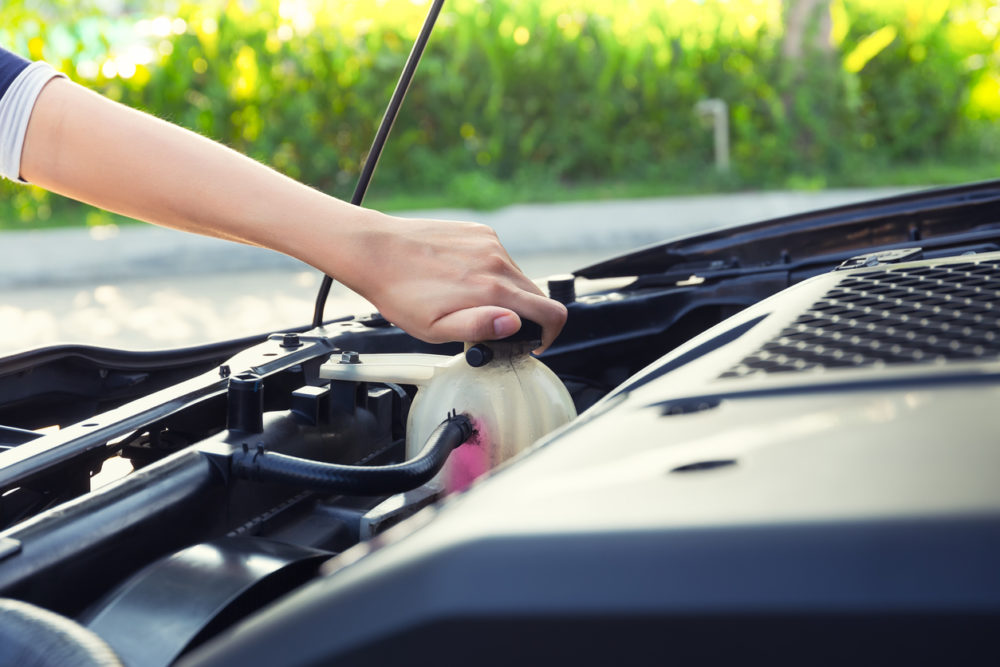
Coolant blows out of the reservoir
If your coolant blows out of reservoir, it could be a blown gasket, a cracked top, or even a cracked block. It’s most likely the gasket. However, the only method for determining this is to remove the heads. Pull the engine and disassemble it. The likelihood of a single or two cylinders blowing into water is high.
Reasons the coolant is coming out of the reservoir:
If the coolant blows out of reservoir, which occurs in several vehicle parts, it can occur for various reasons. Let’s get started and take a look at some of the most common reasons why this happens:
Worn out Water Pump:
The water pump’s job is to circulate water around the combustion engine’s cooling system and the radiator. A water pump working optimally also helps keep the water’s temperature cool when it gets too hot.
As a result, a faulty water pump causes the internal engine to overheat, resulting in vehicle damage. The water pump has a lifespan of 60,000 to 90,000 miles. As a result, most mechanics advise you to consider replacing the water pump and the timing belt whenever the mileage is reached.
Insufficient Cooling:
A lower flow level generally signals underlying issues, such as a failed radiator cap, a failed water pump, or problems with the head gasket that can result in antifreeze emerging out of the overflow tank.
It could also indicate that the radiator tubing is damaged. If the liquid level is low, a warning light will illuminate.
Broken Thermostat:
A thermostat is one of the vital vehicle parts that demonstrates how your mode of transportation works, being a component critical in controlling the liquid flow around the engine. Luckily, we can quickly identify and repair thermostat problems at home.
Broken Head Gasket:
A blown head gasket can also cause coolant to leak from the radiator. The foam in the overspill tank indicates that your vehicle has this problem. If this equipment fails, it may result in the improper stimulation of a pump, preventing the system from circulating liquid.
What is the boiling point of an engine coolant?
The temperature at which the coolant boils is determined by the product’s quality and the pressure held within the cooling system. The coolant seems to have a boiling point of 129°c as well as a freezing point of -37°c at normal operating pressure.
Even so, if the pressure within the coolant is affected by a leak or a faulty part, such as a broken head gasket, the boiling point of a coolant will decrease as the pressure within the system decreases. As a result, when the car has a fault or a leak, it can overheat, and the coolant/antifreeze in the system can boil, resulting in a situation where the coolant blows out of reservoir.
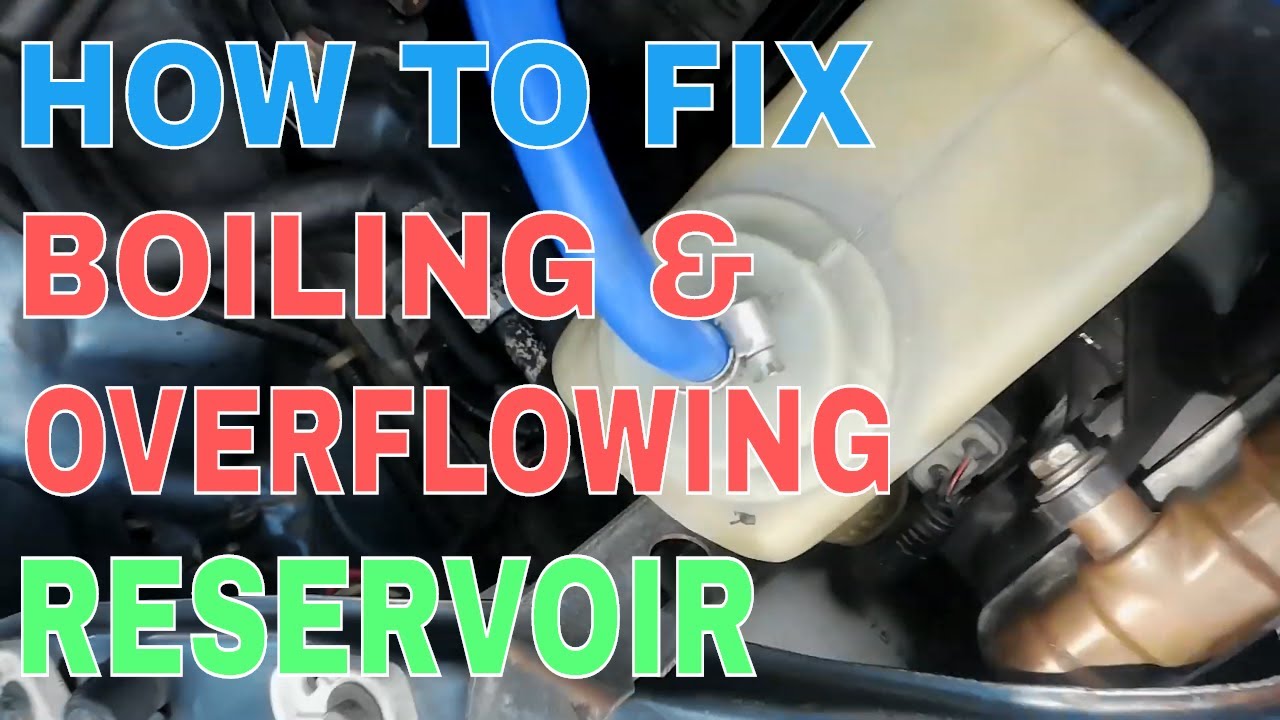
How to fix when a coolant blows out of reservoir?
Because there are numerous causes for coolant blocking into the reservoir, the solution varies depending on the grounds.
In the case of Coolant Blows Out of Reservoir or a failing cooling system, replacing the fuse and broken wiring will cost around $20 for having to check and substituting. The temperature sensor costs around $150, depending on the car model and type.
In the case of a faulty water pump, you should seek the assistance of an expert in car mechanics. The spare part cost is approximately $600, which will vary depending on the model and type of vehicle.
Because of its high cost, K-seal can be used to repair a blown head gasket permanently. Remember to do this when the engine is at its average operating temperature. Concerning improperly mixed materials, if you notice that the antifreeze is low and there are no leakages, add the above material to the fullest to cool the engine. Before replenishing the overfill tank, mix this liquid in a 50:50 ratio with water.
Furthermore, if you have accidentally mixed antifreeze, you may need to clean up the engine system and change the antifreeze. Because of the cost of repairing a broken thermostat, it is highly suggested that you replace it with another manufactured item rather than repairing it.
Frequently Asked Questions
Why is coolant coming out of the reservoir?
Coolant, also known as antifreeze, is necessary for maintaining your vehicle’s temperature. Overflowing coolant is also highly harmful and intended to remain within a closed system. If you notice an overspill, it could be caused by a faulty radiator lid, temperature gauge, water pump, or radiator.
Will the radiator pull coolant from the reservoir?
When the engine starts cooling down, and the heat from the coolant is dispelled, it sometimes leaks out of the acrylic supply tank and right into the radiator. The coolant tank does nothing but sits there, always ready to serve its purpose. Approximately half of the time, it’s unoccupied, waiting for the coolant to return.
Why is coolant bubbling out of the reservoir?
As the car heats up while driving, the air pockets enlarge and are pressed into the coolant reservoir. And as the engine cools, the expansive air pockets contract, requiring coolant to be drawn from the tank to start replacing the air. As a result, the bubbles form. This is normal, but it is avoidable.
Conclusion:
In conclusion, we can quickly come to the fact that when driving, you will encounter various engine technology issues, including coolant blows out of reservoir. But if you know how to deal with it and know your way around it, you don’t have much to worry about.
Ideally, this article has provided sufficient information to diagnose and repair the problem if you notice antifreeze backed up in the overflow tank so that you can continue your long trips without engine-related issues.

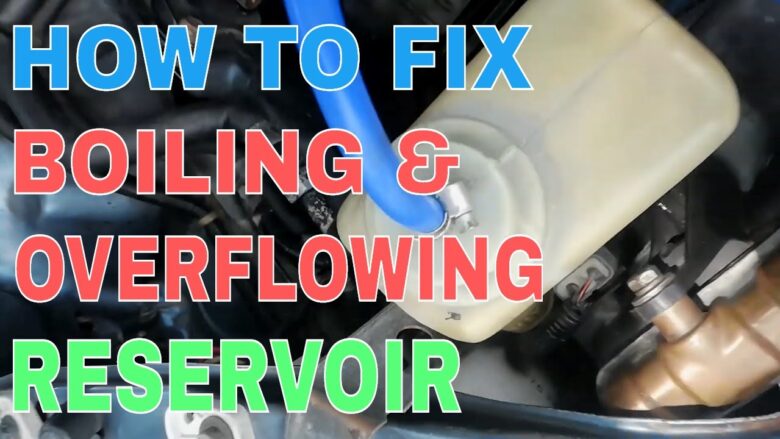
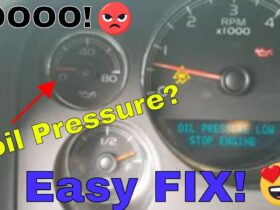
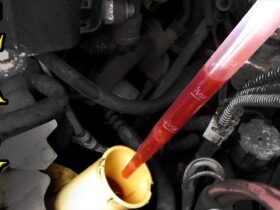
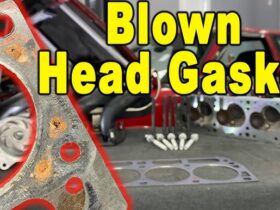
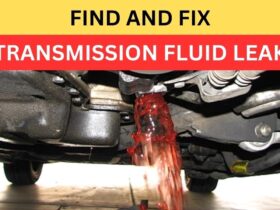

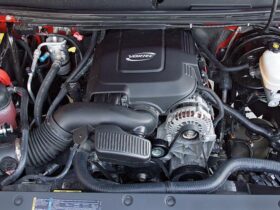



Leave a Reply